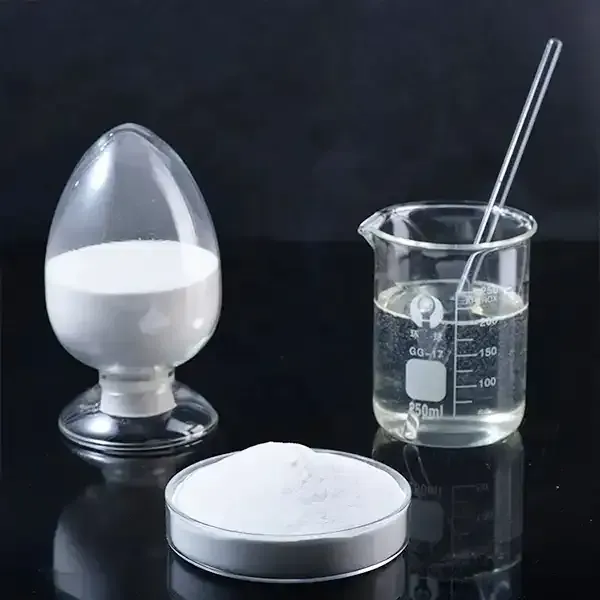Exploring Cellulose Ethers Versatile Polymers for Modern Applications
Cellulose ethers are a diverse group of cellulose derivatives that have significantly impacted various industries due to their unique properties and versatility. Derived from natural cellulose, these ethers are modified to enhance their functionality, making them indispensable in a variety of applications ranging from pharmaceuticals and food products to construction materials and personal care items. This article delves into the structure, properties, and applications of cellulose ethers, highlighting their importance in both industrial and consumer domains.
Structure and Classification
Cellulose, a natural polymer found in the cell walls of plants, consists of linear chains of glucose units connected by β-1,4-glycosidic bonds. Cellulose ethers are created through a chemical reaction that substitutes hydroxyl groups (-OH) in cellulose with ether groups (-O-R), where R represents an alkyl or other organic group. This modification alters the solubility, viscosity, and thermal properties of the original cellulose, leading to a wide range of cellulose ether types such as methylcellulose (MC), hydroxypropyl methylcellulose (HPMC), carboxymethyl cellulose (CMC), and more.
Methylcellulose, for example, exhibits unique gelling properties and is soluble in cold water, while HPMC is particularly favored for its thermal stability and thickening capabilities. On the other hand, CMC, with its anionic nature, is widely used as a thickener and stabilizer in aqueous solutions.
Key Properties
The modification of cellulose into cellulose ethers imparts several beneficial properties. One of the most notable characteristics is their ability to form viscous solutions; this is attributed to the presence of hydroxyl groups that can interact with water molecules. This property makes cellulose ethers effective thickeners and stabilizers in various formulations.
Cellulose ethers are also known for their excellent film-forming abilities. This makes them suitable for use in coatings, adhesives, and other applications requiring a protective or functional film. Additionally, they are chemically stable and can withstand a range of temperatures and pH levels, further broadening their utility.
cellulose ethers

Another significant advantage of cellulose ethers is their biodegradability and non-toxic nature, making them environmentally friendly alternatives compared to synthetic polymers
. This characteristic has led to increased interest in their use for sustainable practices in multiple industries.Applications in Various Industries
1. Pharmaceuticals In the pharmaceutical industry, cellulose ethers serve as excipients, which are inactive substances that facilitate the delivery of active ingredients. They are commonly used as binders in tablet formulations and as agents in controlled-release drug delivery systems. HPMC is particularly valued for its ability to form gels and sustain the release of drugs.
2. Food Products Cellulose ethers are widely utilized as food additives. CMC is employed as a thickening agent, stabilizer, and emulsifier in products like ice cream, sauces, and dressings. Consumers appreciate these additives for improving texture and mouthfeel while maintaining a clean label appeal.
3. Construction Materials In the construction industry, cellulose ethers are incorporated into cement and mortar formulations to enhance workability and water retention. Their ability to improve the mechanical properties of these materials makes them essential for modern construction techniques.
4. Personal Care Products In cosmetics and personal care, cellulose ethers are commonly found in lotions, creams, and gels. They function as thickeners and stabilizers, ensuring a consistent texture and performance in topical formulations.
Conclusion
The incredible versatility and unique properties of cellulose ethers have cemented their position as crucial materials in a multitude of industries. As consumer demands evolve towards sustainability and eco-friendliness, the natural origin and biodegradability of cellulose ethers make them an attractive choice for future innovations. With ongoing research and development, the potential applications for cellulose ethers are likely to expand, further embedding these remarkable polymers in the fabric of modern life. Their ability to bridge the gap between natural resources and technological advancements ensures that cellulose ethers will continue to play a pivotal role in creating safer, more effective products for consumers around the globe.
-
Rdp that The Revolutionary Polymer Powder Transforming Modern Construction MaterialsNewsAug.11,2025
-
Hpmc Powder that Versatile Additive for Detergents and Personal CareNewsAug.11,2025
-
Hpmc Hydroxypropyl Methylcellulose that Essential Building Material Additive from Shijiazhuang Gaocheng YongfengNewsAug.11,2025
-
Hydroxypropyl Methyl Cellulos Hpmc that Essential for Construction ApplicationsNewsAug.11,2025
-
Mhec Powder that Revolutionizing Construction Chemistry with Cellulose Ether SolutionsNewsAug.11,2025
-
Industri Hpmc that The Global Backbone of Advanced ConstructionNewsAug.11,2025




